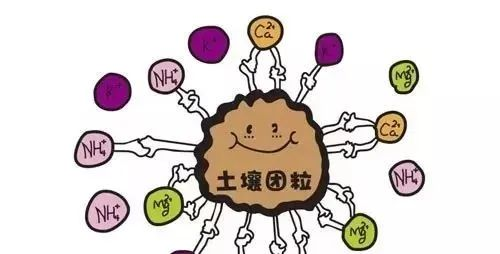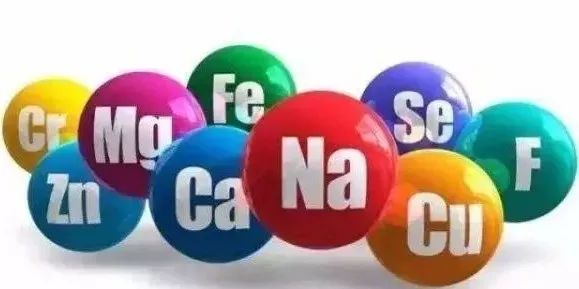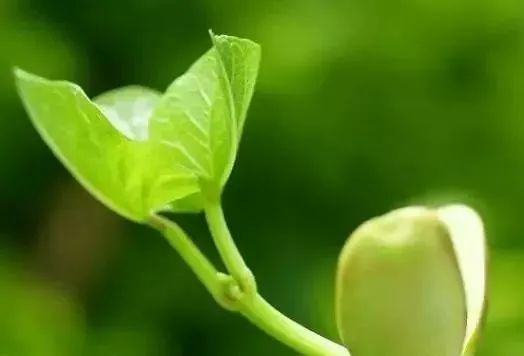It is well known that not all trace elements need to be chelated. micronutrient fertiliser should also be applied regionally. So, how to apply the middle and trace elements fertiliser in each region?
China's crops mu average fertiliser usage of 21.9 kg, much higher than the world average (8 kg per mu). At present, there are also common fertiliser (mainly nitrogen and phosphorus) over-application, blind application and other problems, bringing increased costs and environmental pollution.

At present, there are four problems in China's fertiliser application: first, the average mu application is high. Secondly, the phenomenon of uneven application of fertiliser is prominent. Third, the low utilisation rate of organic fertiliser resources. Fourth, the fertiliser structure is unbalanced. Heavy chemical fertilizers, light Organic Fertilizers, heavy large amount of elemental fertilizers, light trace element fertilizers, heavy nitrogen fertilizers, light phosphorus and potash "triple three light" problem is prominent.
Central Document No. 1 focus on three agriculture, the main goal: to improve the quality of agricultural supply. Including the quality of agricultural production materials such as fertilisers and the quality of agricultural products. The fundamental way: from over-reliance on resource consumption, mainly to meet the "quantity" of demand, to the pursuit of green ecological sustainability, pay more attention to meet the "quality" of demand. Green production: implement the zero-growth action on chemical fertilisers. The quality of agricultural products and the improvement of the ecological environment will be unified and combined.

Principles of fertiliser formulation
Basic idea: Fertiliser formulation based on the soil's ability to provide trace elements plus the crop's need for trace elements.
Principle of regional fertiliser application:
South China: calcium, magnesium, zinc and boron should be supplemented
The Opinion suggests that the region is prone to fertiliser leaching, low fertiliser utilisation and serious soil acidification. The region has abundant precipitation, calcium and magnesium will produce leaching, which will lead to soil salt-based ions, especially acid root ions in the soil residue. Therefore in the case of the southern region, supplementing calcium and magnesium is good for improving the soil, so it is a good practice to push weakly alkaline micronutrient fertilisers, for example, in the southern region. In addition to increase calcium and magnesium elements also increase the soil cation, enhance the exchange performance of the salt base, so that the soil can better retain nutrients. Calcium and magnesium supplementation in the south is more dependent on soil amendments than on foliar sprays. Zinc supplementation has a similar effect, and boron supplementation is also more effective in improving the sugar content and quality of produce.

Huanghuaihai region: Calcium, magnesium, sulphur, zinc, iron, manganese and boron should be supplemented
Crops to be emphasised in this region are wheat and corn, where supplemental zinc, manganese and boron can play a role in increasing yield and improving quality. The Opinion puts forward: the orchard soil acidification in Jiaodong Peninsula and facility agriculture soil salinisation is serious, vegetables, fruit trees are seriously over-fertilized, for the actual situation in Jiaodong Peninsula should apply lime, calcium fertilizer or soil conditioner, soil conditioner to improve the soil through soil conditioning agent, increase the calcium and magnesium fertilizer supplementation to adjust the soil pH value, and to improve the quality of apples and other fruit products. In vegetable production, due to a large number of organic fertilisers, zinc, iron, manganese, sulphur and other elements are sufficient, but due to a large number of irrigation brought about by magnesium leaching is very serious, in addition to some of the facilities in the excessive application of potash fertiliser, resulting in potassium and magnesium antagonism, inhibiting the absorption of magnesium by the crop. Therefore, facility vegetables need to supplement is calcium, magnesium, boron.
Middle and lower reaches of the Yangtze River: Sulphur, zinc and boron should be supplemented
Boron should be given priority when supplementing trace elements in this region, mainly because of the large area of oilseed rape crops in this region. In addition, the application of zinc in this region can lead to increased yields of rice and wheat. The application of alkaline conditioners such as silicon and calcium can also play a role in rice.
Southwest region: calcium, magnesium sulphur, zinc and boron should be supplemented
The region suffers from seasonal drought, serious soil erosion and acidification, and thin soil layers in drylands. Southwest China has more mountainous areas, so it is important to focus on the cultivation of soil fertility. In terms of replenishing trace elements, calcium and magnesium should always be put in a more important position for cash crops, especially in citrus and vegetables, and more attention should be paid to the role of sulphur, zinc and boron in food crops.
Northwest region: zinc and boron should be supplemented
Desertification is more serious in the north-west, so calcium and magnesium are plentiful in the region. Zinc and boron supplementation in the region is mainly for cotton in the region, but in Shaanxi's wheat production areas it is more important to consider zinc, and fruit trees are more likely to consider boron application.
Northeast: Zinc, iron and molybdenum should be supplemented
The main products of the Northeast are spring corn, rice and soybeans. The Opinion suggests that zinc and iron should be supplemented in this region because these two elements are particularly effective in increasing yields of rice and maize; molybdenum is a component of nitrogen-fixing enzymes and nitrate reductase, and molybdenum supplementation in this region is mainly to take into account rhizomatous nitrogen fixation in soybeans. Overall, the trace elements supplemented in the Northeast are designed around the local crops that have an advantage.